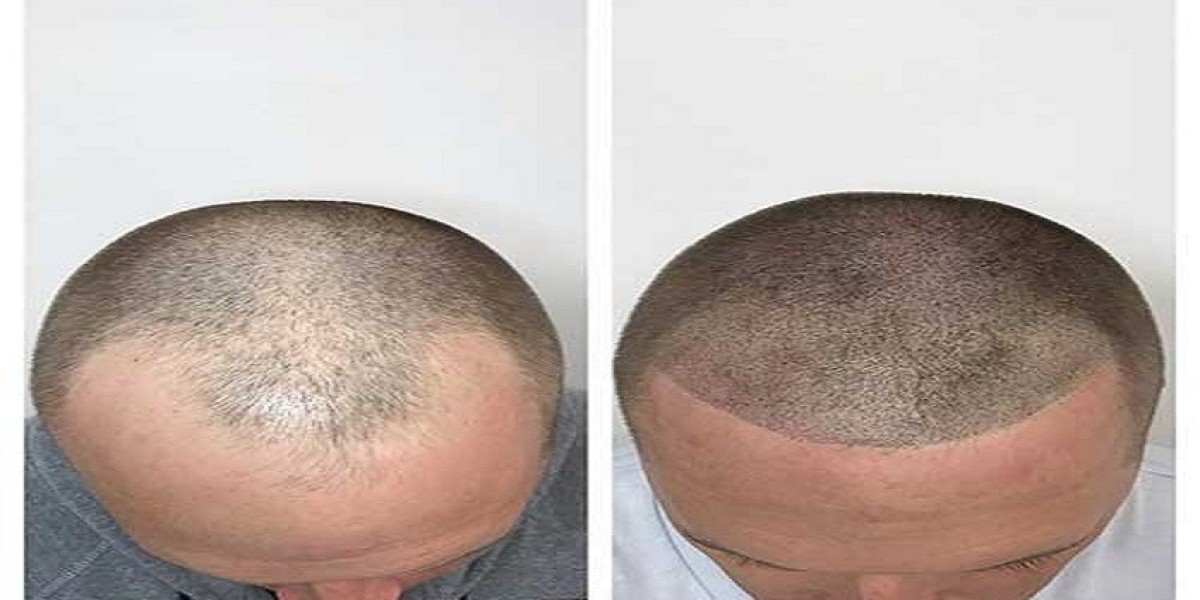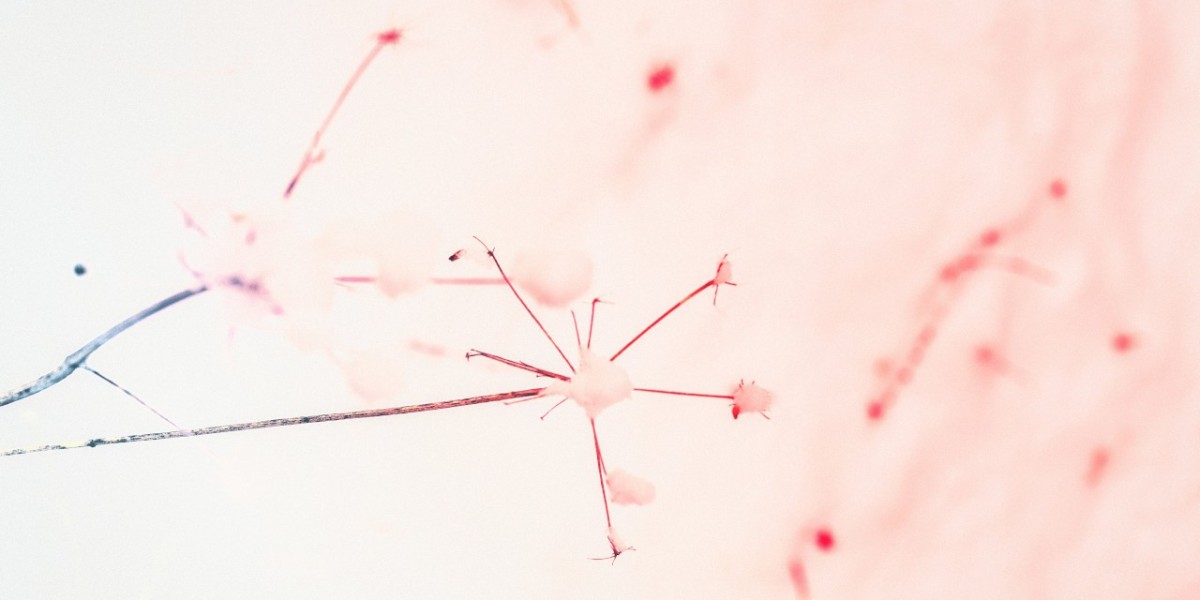In a world where appearance plays a significant role in self-esteem and confidence, hair thinning can be a distressing experience. For many, the search for effective solutions often leads to surgical interventions like hair transplants. However, the landscape of hair care has evolved, offering non-surgical paths that provide promising results in overcoming hair thinning. In this exploration, we delve into these innovative alternatives, examining the science behind their efficacy and their potential to revolutionize the way we approach hair care.
Understanding the Causes of Hair Thinning
Before exploring non-surgical solutions, it's crucial to understand the root causes of hair thinning. Genetics, hormonal imbalances, nutritional deficiencies, and stress are common culprits. By addressing these factors, non-surgical approaches aim to stimulate hair growth, improve hair quality, and restore confidence without resorting to invasive procedures.
Topical Treatments and Cosmeceuticals
One of the most accessible and widely adopted non-surgical solutions for hair thinning involves topical treatments and cosmeceuticals. These products typically include minoxidil, a vasodilator that enhances blood flow to the hair follicles, promoting hair growth. Additionally, shampoos, conditioners, and serums enriched with vitamins, antioxidants, and peptides can nourish the scalp, strengthen existing hair, and create a conducive environment for regrowth.
Advancements in Laser Therapy
Laser therapy has emerged as a non-surgical option with promising results in treating hair thinning. Low-level laser therapy (LLLT) involves exposing the scalp to low-power lasers or light-emitting diodes (LEDs). This stimulates cellular activity and increases blood flow to the hair follicles, promoting hair growth. Portable laser devices have made this therapy accessible for home use, offering convenience and flexibility in incorporating it into daily routines.
Platelet-Rich Plasma (PRP) Therapy
Platelet-Rich Plasma (PRP) therapy is another non-surgical option gaining popularity in the realm of hair restoration. This procedure involves drawing a small amount of the patient's blood, processing it to concentrate platelets, and then injecting the PRP into the scalp. Platelets contain growth factors that stimulate hair follicles, promoting regrowth and improving hair thickness. While multiple sessions may be required, PRP therapy offers a natural and minimally invasive alternative to surgical options.
Nutritional Approaches for Hair Health
The adage "you are what you eat" holds true when it comes to maintaining healthy locks. Nutritional deficiencies, such as those in iron, biotin, and essential vitamins, can contribute to hair thinning. Non-surgical solutions emphasize the role of a balanced diet and targeted supplements to address these deficiencies and support overall hair health. Incorporating foods rich in antioxidants, omega-3 fatty acids, and protein can contribute to stronger, more resilient hair.
Scalp Micropigmentation
Scalp micropigmentation is a cosmetic tattooing technique that creates the illusion of denser hair by depositing pigment on the scalp. This non-surgical procedure is particularly effective for those with diffuse hair thinning or areas of baldness. By carefully replicating the appearance of hair follicles, scalp micropigmentation provides a natural-looking solution that requires minimal maintenance. It is a viable option for individuals seeking immediate results without the downtime associated with surgical interventions.
Hair Growth Stimulating Devices
Advancements in technology have given rise to hair growth stimulating devices designed to counteract hair thinning. These devices, such as laser caps and helmets, employ low-level laser therapy or light-emitting diodes to stimulate hair follicles and encourage regrowth. Easy to use at home, these devices offer a convenient and non-invasive way to address hair thinning concerns. Regular use can contribute to stronger, thicker hair over time.
Holistic Approaches and Stress Management
Recognizing the interconnectedness of overall well-being and hair health, non-surgical solutions often incorporate holistic approaches. Stress, a known contributor to hair thinning, can be mitigated through mindfulness practices, yoga, and meditation. These techniques not only promote relaxation but also positively impact hormonal balance, contributing to healthier hair. Non-surgical paths emphasize the importance of a holistic lifestyle in maintaining vibrant locks.
Consulting with Professionals
While non-surgical solutions provide a range of options for addressing hair thinning, it's crucial to consult with professionals before embarking on any regimen. Trained dermatologists, trichologists, and hair care specialists can assess individual needs, identify the underlying causes of hair thinning, and tailor a comprehensive plan that combines various non-surgical approaches for optimal results.
Conclusion
Locks Reimagined: Non-Surgical Paths to Overcoming Hair Thinning unveils a diverse range of innovative solutions that challenge the traditional narrative of surgical interventions as the primary remedy. From topical treatments and laser therapy to nutritional approaches and holistic lifestyle changes, these non-surgical paths offer hope for those seeking effective and minimally invasive ways to address hair thinning. By understanding the causes and embracing a holistic approach to hair care, individuals can regain confidence and redefine their relationship with their locks, unlocking a world of non-surgical possibilities for a fuller, healthier mane.
Discover effective solutions for hair thinning with a trusted expert nearby. Our dedicated doctors provide tailored treatments for fuller, healthier hair.








